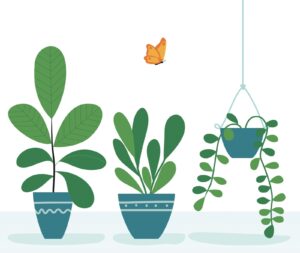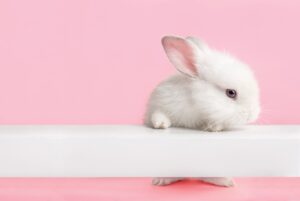On a bitter cold snowy New Year’s Day in New Hampshire, my friend Brian accompanied me to Advent Hill Cattery to pick out a Maine Coon kitten. I had done my research on the breed, but I really just wanted a replacement for Misty, my rescue cat who had passed of old age a few weeks earlier. Brian had discouraged me from raising miniature horses instead, and since he ended up carrying most of the kitty litter to the trash, this turned out to be a wise move on his part.
The cleaning routine at Advent Hill would have made any coronavirus doctor proud. We disinfected our shoes, scrubbed our hands under supervision, and were sprayed down with anti-everything spray. We were interrogated and checked for fleas. It seemed like overkill, but when you think about the cost of flea and tick medication for one month, and multiply it by the countless cats and kittens in individual small rooms in the barn, you can understand the paranoia about evil things coming in.
I soon picked out a brown classic female kitten. She was adorable, just 8 weeks old, cute as a little button. She was very very expensive, so I decided to buy a second kitten as well. I picked up a smaller, 6 week old gray kitten who was very affectionate but made a disturbingly persistent rattly ticking sound. It took me a few minutes to realize this was her tiny kitten purr! They would make quite a pair, and they were called Brown Kitty and Gray Kitty for months, until my friend Diane shamed me into giving them real names.
Somehow Lynn at Advent Hill noticed right away that I had a natural aptitude for cat breeding, a talent I was unaware of at the time. It’s extremely rare for breeders to offer breeding rights to a novice, but I will cover this in another story when I discuss cat shows and the source of the word “catty.” Lynn simply offered to give me breeding rights with the kittens. I was reluctant to own a male cat without knowing what was involved, as many breeders keep them caged or in a shed in the back yard, something I was unwilling to do. In a fit of generosity, Lynn also offered to stud my kittens, once they were old enough, for another hefty fee. Quite a deal!
Kittens do not leave a cattery until they are 12 weeks old. It’s an ironclad rule. Whereas dog breeders let puppies go at the earliest possible opportunity because the house training responsibility falls to the new owners, kittens are born already house trained, and breeders are in no hurry to pass them along. We compromised — Brown Kitty (aka the Escape Artist) was 13 weeks old, and Gray Kitty 11 weeks, when we picked them up on Valentine’s Day.
They did all the normal kitten things — chased, climbed (especially curtains and legs wearing nylons), hunted, slept, and ate. A lot. Especially Gray Kitty. At their 4 month vet appointment for rabies shots, Gray Kitty was twice the size of Brown Kitty, and I was worried that Brown Kitty was failing to thrive. “No,” said the vet, “Brown Kitty is normal. Gray Kitty is going to be a pony.”
Brown Kitty loved to get a toy mouse in her teeth and then stroll close by Gray Kitty, growling the whole time. She tried very hard to make Gray Kitty jealous. Gray Kitty didn’t care. Gray Kitty’s favorite toy was a crunched up Klondike Bar wrapper. When she heard the freezer open, she would come running and wait for the wrapper. When I moved the loveseat one day, there were 87 Klondike Bar wrappers under it. I don’t recall eating that many. I also don’t recall why Brown Kitty was named Petunia. But Gray Kitty became Klondike, named after her favorite toy.
I was doing a lot of stand-up computer training at the time, and my laser pointer seemed like a dandy toy. I could sit on the couch and get the kittens to jump all around trying to catch the light. But after a few days, I realized they were somewhat afraid of it, as it did not follow the rules of the universe they were beginning to learn. If they pounced on the light, it would jump to the top of their paws but they couldn’t feel it. It was clear they were nervous about it, but they also loved chasing it. So for the next several days, the light lived under the refrigerator. It came out from under the refrigerator, and returned there when it was through roaming the room. Then I found they were sitting side by side in front of the refrigerator, staring at the bottom of it, waiting nervously. The laser pointer was retired…
The kittens grew to adulthood. Petunia kept her slim dainty figure, and she pranced lightly across the floor. Klondike, on the other hand, was a big boned beauty who sounded like a herd of elephants. The real breeding fun began the following summer, when they both came into heat around the 4th of July. But that’s a story for another day — the story of the first litters, which happened to be born on 9/11. Yes, THE 9/11.

























